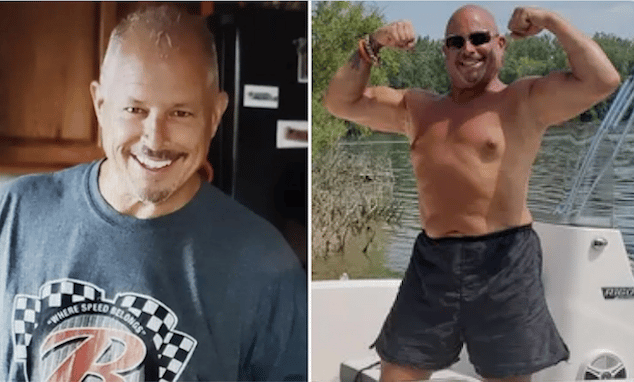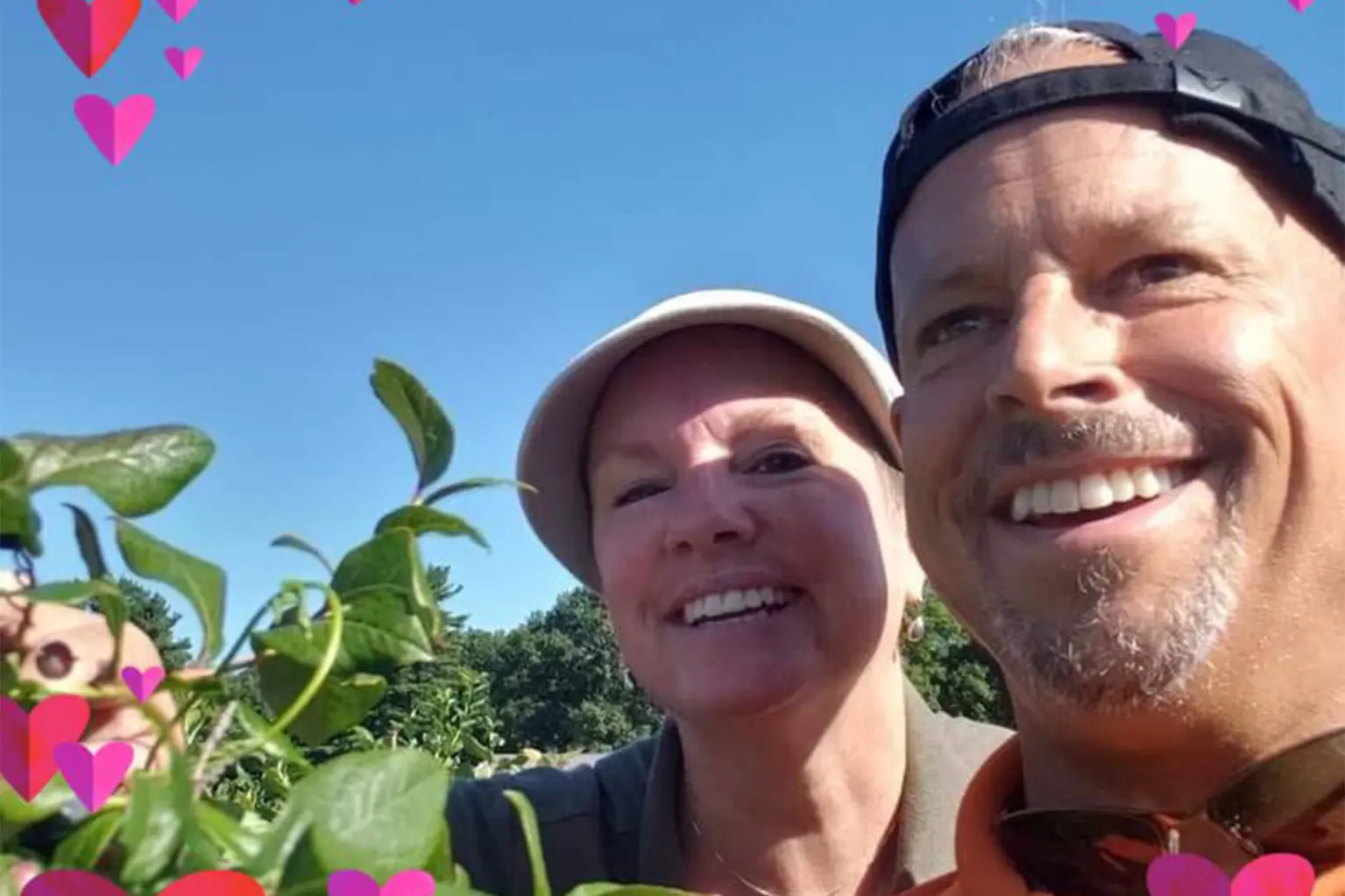

James Hewitt Grand Rapids, Michigan volunteer dies from rare flesh eating bacteria after Hurricane Ian infection after traveling to Florida’s gulf coast to assist a friend with clean up.
A Michigan man who traveled to Florida to help a friend clear up damaged property in the aftermath of Hurricane Ian has died as a result of contracting a rare flesh eating bacteria, likely while working in shallow salt waters.
It was after having gone to Naples, Florida, two weeks ago that Michigan man, James Hewitt of Jenison, Grand Rapids incurred an infection after falling into a canal while working on a boat and scraping his leg. A wound the volunteer incurred soon became infected with a rare bacteria called Vibrio Vulnificus – which lives in warm saltwater.
It was soon after, according to the man’s fiancee, Leah Venlet-Delano, that the bacteria entered the 56 year old’s bloodstream, causing Hewitt to be hospitalized. Shockingly the father of two would die as a result of the infection days later on Oct. 11, CBSMiami reported.
Hewitt’s two children and Venlet-Delano, who were with him at the time said he died peacefully, are now trying to raise awareness of this uncommon bacteria.
‘Jim is always the kind of person that would, you know, give the clothes off his back and he was always jumping to help everybody,’ Venlet-Delano told the Detroit News. ‘He jumped at this opportunity because he had seen, like the rest of us just how devastating the hurricane was.’
‘Nobody knew about this up here…’
Vibrio Vulnificus infections are rare, according to the Florida Health Department. However, one in five infections causes death, the Centers for Disease Control and Prevention reports. After it entered Hewitt’s bloodstream the bacteria caused sepsis, or the failure of multiple organs, and dangerously low blood pressure despite treatment with antibiotics, Venlet-Delano said.
Venlet-Delano said her fiance’s sudden death was ‘extremely shocking’ because they had not heard any warnings about Vibrio Vulnificus when Hewitt traveled south to help clean up in the wake of the Category 4 hurricane that hit Florida’s west coast.
‘We were very angry that nobody knew about this at least from up here, you know, in Michigan,’ Venlet-Delano told the Detroit News. ‘It’s a problem now, this is out there and it has been out there and the locals know about it but the people that go down to help don’t.’
Venlet-Delano and Hewitt’s daughter, Kendall Smoes, 29, and son Joshua Hewitt, 27, have started a GoFundMe to help finance the fallen man’s funeral service and the transportation of Hewitt’s remains from Naples to Michigan.

What causes flesh-eating bacteria disease?
Hewitt according to the deceased man’s fiancee was a former General Motors employee who retired early. Venlet-Delano described him as ‘the life of the party’ and said he loved making others laugh. He’d even been working on starting his own local salsa company before he left for Florida.
‘He was so full of life and love and we’ve really, we really lost someone very special,’ Venlet-Delano told the Detroit News.
Vibrio Vulnificus can infect people with open wounds through direct contact with seawater or through raw shellfish consumption, according to the Florida Department of Health. Immunocompromised individuals such as Hewitt are more likely to have severe complications from Vibrio Vulnificus infections and the department cautions them to wear protective footwear in water to prevent cuts and infection. They also say to never swim with an open wound.
Vibrio Vulnificus is one of several bacteria that can cause Necrotizing Fasciitis or flesh-eating disease but not all infections do, according to the CDC.
Dr. Peter Hotez from the National School of Tropical Medicine says that the bacteria live on the Gulf Coast.
‘The abundance of this bacteria has been increasing over the last few years because of two factors,‘ Hotez told FOX6. ‘One is warming climate, but also because of some lower pockets of salinity in the region because of sewage dumping to coastal waterways.’
Since the start of the year, there have been 65 Vibrio Vulnificus infections in Florida, twice as many as in 2021, and 11 deaths, according to health department statistics. The uptick is due to the impacts of Hurricane Ian, including flooding.






